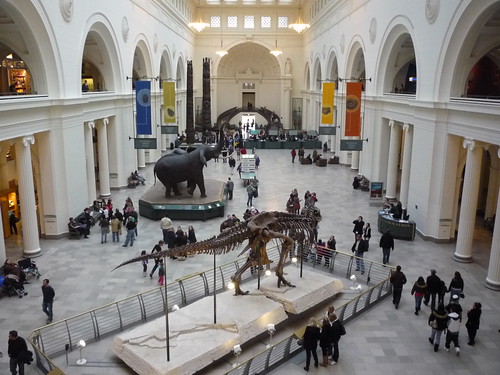
Every year on New Years' Eve, the Syfy Channel(formerly known as the Sci-Fi Channel) holds a marathon of episodes of the ground-breaking Twilight Zone series.

The Twilight Zone, created by Rod Serling, ran for 5 years from 1959 to 1964. The series was of extremely good quality for the time, and it was a great step forward for science fiction. The stories are fascinating, and the characters are engaging. I was first introduced to The Twilight Zone through hearing the radio series, which started to rewrite Serling's stories for the airwaves in 2002. But Stacy Keach, the announcer for the radio series, could never outdo Rod Serling.
I don't know what it is about his demeanor or his voice, but it is so perfect for this show. Both for the creepy stories and the humorous ones, his comments are perfect in tone and execution. Yeah, I'm a fangirl.
Over the years I've caught a few episodes, listened to a few radio plays, and pulled a few twists out of pop culture through osmosis, but this is the first year I've committed myself to watching as many of the episodes of the marathon as I can. I'm surprised at how many twists and details I can predict fore episodes I've never seen - this show is truly ingrained into American pop culture. I remember humming the theme song before I knew what The Twilight Zone even was!
My favorites are always the spooky, creepy ones. Especially "It's A Good Life." It is the one where the town of Peaksville is held in the grip of a six-year-old-boy who can control things with his thoughts. It is so creepy how everyone has no choice but to complement and encourage the boy. "Everybody loves you, Anthony. You know that. You're everybody's favorite. That's a real good thing you did, Anthony. A real fine thing." eeek.
 Yup, chills up my spine. I love these creepy stories, and they stand the test of time extremely well. The issues and concepts explored with these stories are broad enough for all times, and the fashions and little idiosyncrasies from the 1960's are easy to ignore or cherish, depending on how you view them. For example, the ways that women are treated. Sometimes they are treated with gallantry and respect, and sometimes they are dismissed as annoying. But these kinds of things never take center stage of the story, and instead there are interesting and intriguing concepts to explore instead.
Yup, chills up my spine. I love these creepy stories, and they stand the test of time extremely well. The issues and concepts explored with these stories are broad enough for all times, and the fashions and little idiosyncrasies from the 1960's are easy to ignore or cherish, depending on how you view them. For example, the ways that women are treated. Sometimes they are treated with gallantry and respect, and sometimes they are dismissed as annoying. But these kinds of things never take center stage of the story, and instead there are interesting and intriguing concepts to explore instead."You are about to enter another dimension. A dimension not only of sight and sound, but of mind. A journey into a wondrous land of imagination. Next stop, the Twilight Zone! " -Narrator








